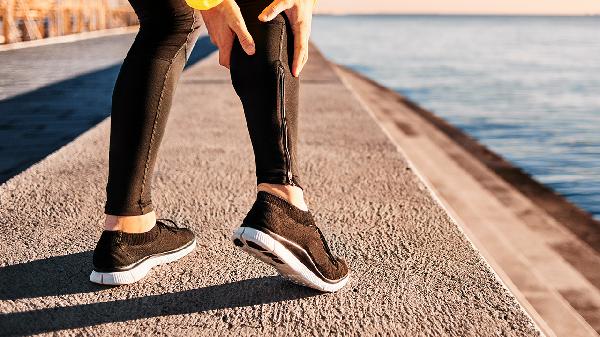When it comes to rucking—walking or hiking with a weighted backpack—the ideal weight to boost fitness and burn calories depends on your fitness level, goals, and experience. For beginners, starting with 10-15 pounds is a solid move, while seasoned ruckers can push it up to 30-50 pounds or more. The key is to find a weight that challenges you without compromising your form or causing injury. Rucking is a killer way to torch calories, build endurance, and strengthen your core, but nailing the right weight is crucial for maximizing results.

Rucking isn’t just a walk in the park—it’s a full-body workout that combines cardio and strength training. By adding weight to your backpack, you’re increasing the intensity of your walk, which ramps up calorie burn and builds muscle. Studies show that rucking can burn up to 3 times more calories than regular walking, depending on the weight and pace. Plus, it’s low-impact, making it easier on your joints compared to running. Whether you’re looking to shed pounds, improve endurance, or just mix up your fitness routine, rucking is a versatile and effective option.
Finding the sweet spot for your rucking weight is all about balance. If you’re new to rucking, start light—around 10-15 pounds—to get a feel for the activity and avoid overloading your body. As you build strength and endurance, gradually increase the weight by 5-10 pounds every few weeks. For experienced ruckers, 30-50 pounds is a common range, but listen to your body. If you’re struggling to maintain good posture or feeling excessive strain, it’s a sign to dial it back. Remember, the goal is to challenge yourself, not to overdo it.
Your body weight and fitness level play a big role in determining the ideal rucking weight. A general rule of thumb is to start with 10% of your body weight and adjust from there. For example, if you weigh 150 pounds, begin with 15 pounds and see how it feels. If you’re already in great shape, you might be able to handle more weight right off the bat. On the flip side, if you’re just starting your fitness journey, take it slow and focus on building a strong foundation before adding more weight.
Rucking is a calorie-burning powerhouse because it combines the benefits of walking with the added resistance of weight. The heavier your pack, the more energy your body needs to move, which translates to more calories burned. On average, rucking can burn between 300-600 calories per hour, depending on factors like weight, pace, and terrain. Beyond calorie burn, rucking also strengthens your legs, core, and back muscles, improving overall stability and endurance. It’s a full-body workout that delivers serious results without the need for fancy equipment.
To get the most out of rucking while staying safe, follow these tips: First, invest in a quality backpack with padded straps and a waist belt to distribute the weight evenly. Second, maintain good posture—keep your shoulders back, chest up, and core engaged. Third, start with shorter distances and gradually increase as your fitness improves. Fourth, choose the right terrain—flat surfaces are great for beginners, while hills and trails add extra challenge. Finally, stay hydrated and listen to your body. If something feels off, take a break or adjust your weight.
Once you’ve mastered the basics, it’s time to level up your rucking game. Increase the weight gradually, but don’t rush—your body needs time to adapt. You can also mix up your routine by adding intervals, such as alternating between a fast pace and a slower recovery pace. Another option is to incorporate bodyweight exercises like squats, lunges, or push-ups during your ruck. These variations keep things fresh and challenge your body in new ways. Remember, consistency is key, so aim to ruck 2-3 times a week for optimal results.
Even seasoned ruckers can fall into some common traps. One big mistake is starting with too much weight, which can lead to poor form and injury. Another is neglecting to adjust your backpack properly, causing discomfort or strain. Don’t forget to warm up before your ruck and stretch afterward to prevent stiffness. Lastly, avoid overdoing it—rucking is intense, so give your body time to recover between sessions. By steering clear of these pitfalls, you’ll set yourself up for success.
Rucking isn’t just a physical workout—it’s a mental one, too. The rhythmic motion of walking combined with the added weight can be meditative, helping to clear your mind and reduce stress. Plus, the sense of accomplishment you feel after completing a challenging ruck can boost your confidence and motivation. Whether you’re rucking solo or with a group, it’s a great way to disconnect from the hustle and bustle of daily life and reconnect with yourself.
Rucking is a simple yet powerful way to boost fitness, burn calories, and build strength. By finding the ideal weight for your level and goals, you can maximize the benefits while minimizing the risk of injury. Start light, progress gradually, and focus on good form to make the most of this versatile workout. Whether you’re a fitness newbie or a seasoned pro, rucking offers something for everyone. So grab your backpack, load it up, and hit the trail—your body (and mind) will thank you.
























